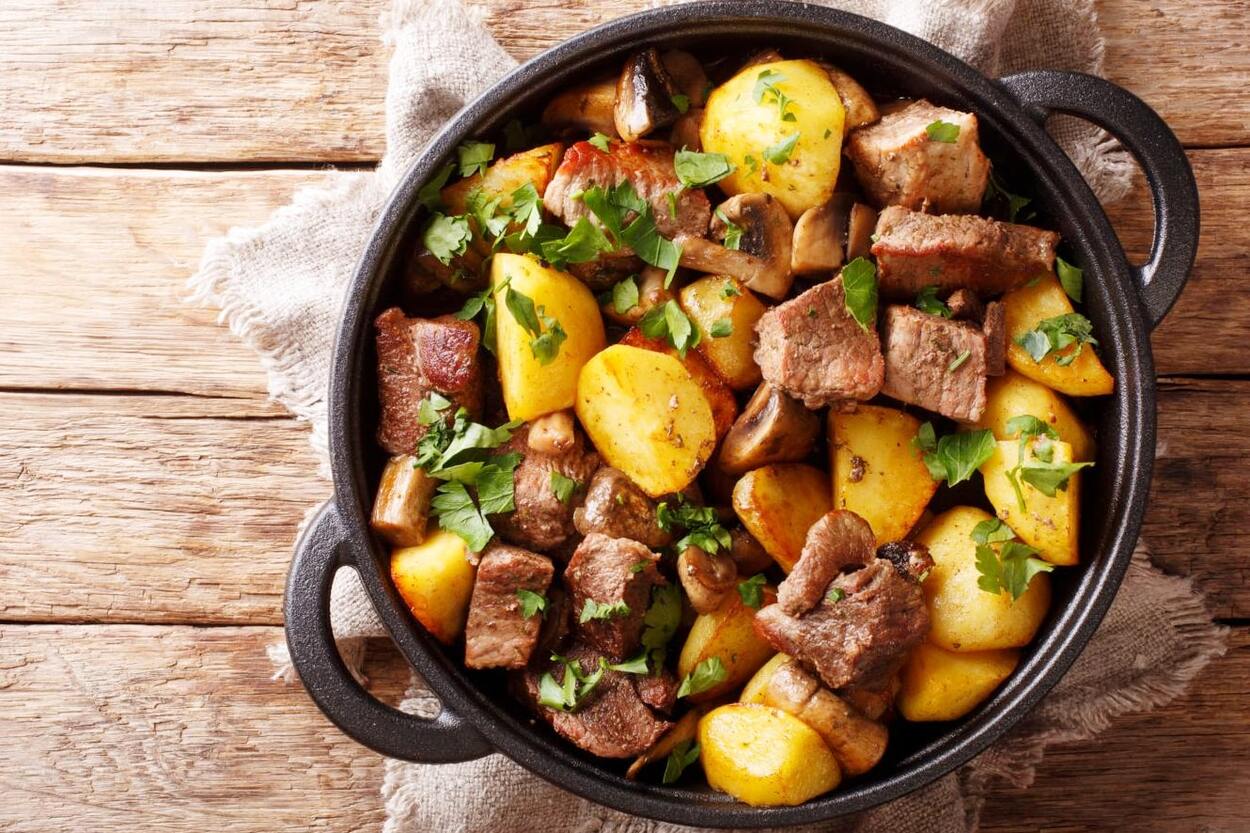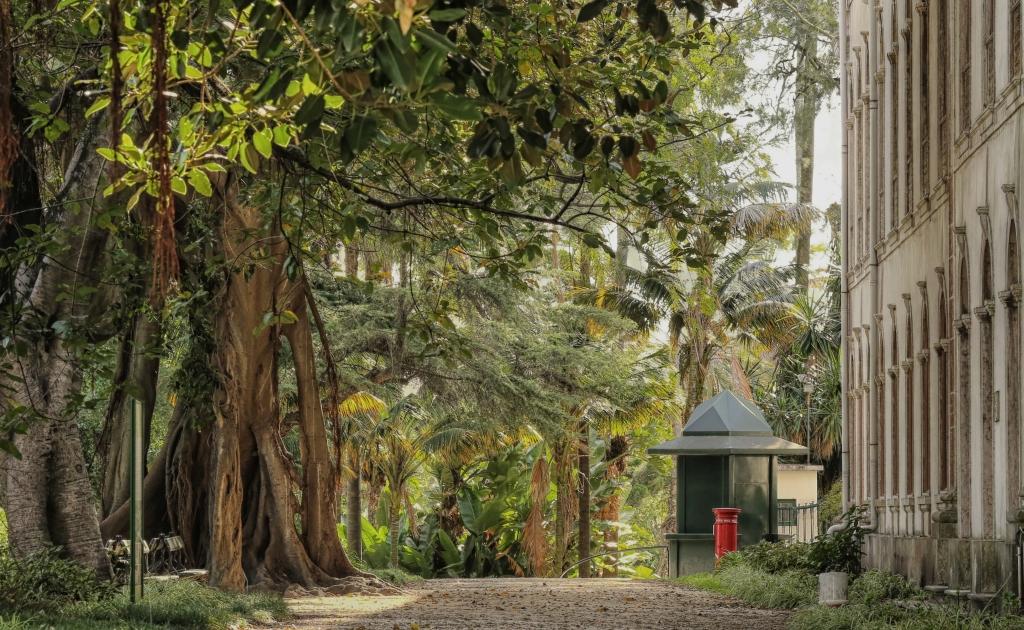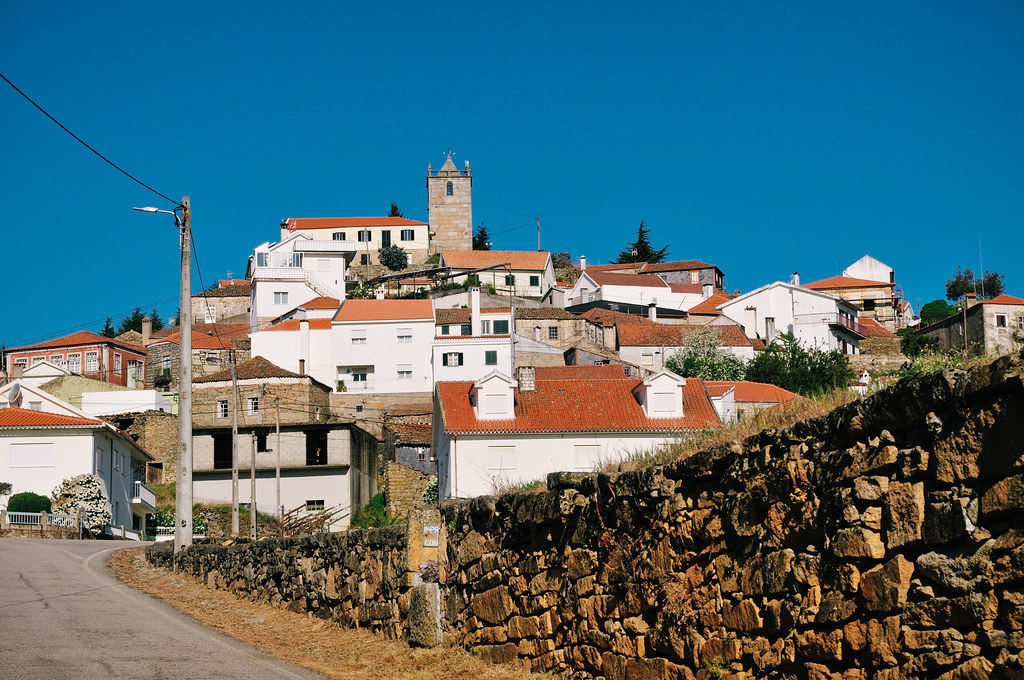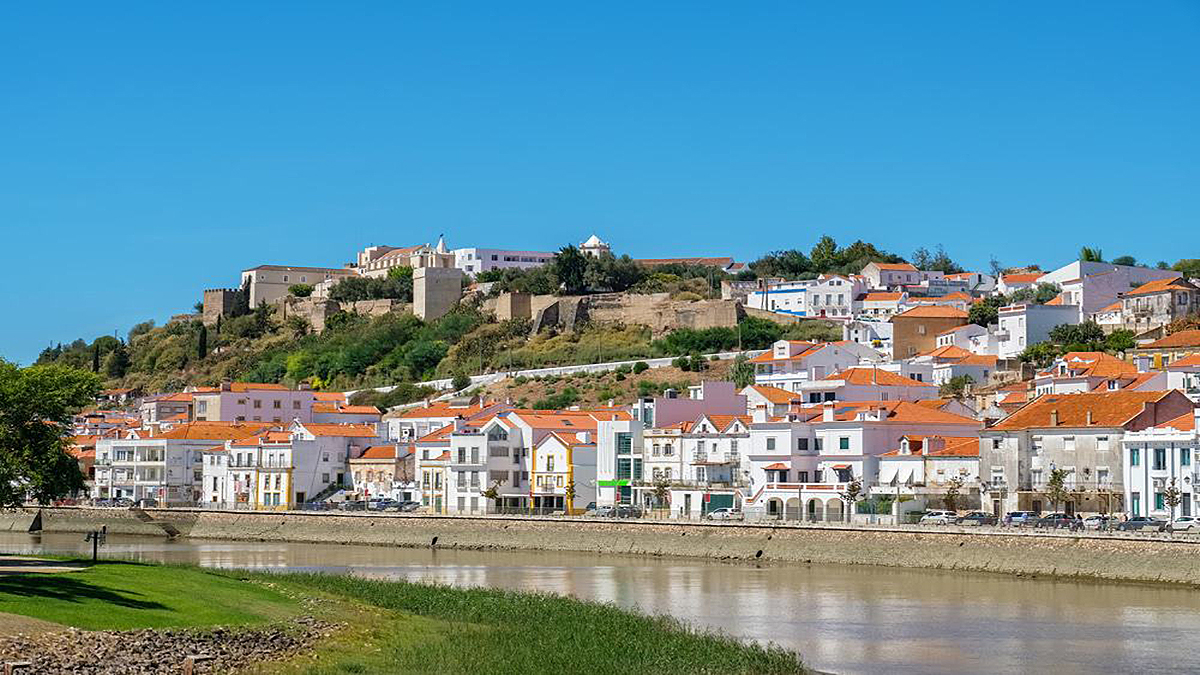“In Vila Verde, time moves with the seasons, not the clock.”
The first thing one notices about Vila Verde is not a monument, a café terrace, or even the whisper of the Cávado River. It is the color—a lush, deep, almost startling green that spreads across every hillside, orchard, and field. In the Minho region of northern Portugal, nature does not merely frame life; it defines it. Vineyards climb over trellises. Cornfields stretch in neat rows. Fruit trees cluster in backyards. Interspersed among them, whitewashed chapels and granite houses stand like punctuation marks in a story shaped over centuries.
This is Vila Verde: a municipality of dispersed villages, artisanal traditions, and a rhythm of life molded by agriculture, faith, and the pressures of modernity. Located just ten kilometers north of Braga, it may be easy to overlook when rushing toward the Peneda-Gerês mountains or the Atlantic coast. However, those who pause will discover a Portugal of heartbeats and handcrafts, where even romance is stitched into linen.
A Land of Fertility and Faith
The name itself—Vila Verde, the “green town”—offers an indication of the place. The fertile Minho valley has long been one of Portugal’s breadbaskets, nourished by the rivers Homem, Neiva, and Cávado. Walking or driving through the countryside reveals the legacy of centuries-old farming practices: espigueiros (granite corn granaries) elevated on stone stilts, vineyards trained over ramadas (trellises) shading courtyards, and watermills nestled beside shaded streams.
“Every path leads to a chapel, and every chapel tells a story.”
Religion is deeply woven into everyday life. Each parish hosts a festa, a celebration honoring its patron saint, marked by processions, fireworks, and music that often continues until dawn. The Igreja Matriz of Vila Verde, with its sober granite facade, functions as the town’s spiritual center. Yet the cultural and emotional essence lies in the roadside shrines and baroque chapels scattered across the hills. In this context, faith extends beyond worship to encompass community, tradition, and regional identity.
The Art of the Lenços de Namorados
If Vila Verde possesses a cultural emblem, it is undoubtedly the Lenços de Namorados do Minho—the Lovers’ Handkerchiefs. These square linen cloths, embroidered with naïve yet vibrant designs, are more than decorative items. Historically, they served as tokens of affection, crafted by young women and offered to suitors as silent proposals. Hearts, keys, birds, and flowers were stitched in red, green, and blue, often accompanied by verses—occasionally misspelt, yet always sincere.
“A handkerchief was never just a cloth—it was a promise.”
Today, this tradition has experienced a revival. Vila Verde has emerged as a guardian of this heritage, with artisans producing both traditional and contemporary variations. Those visiting in February will encounter the Festa das Namoradeiras, a festival of love during which shops, streets, and municipal buildings are adorned with embroidered hearts. Where couples stroll through market stalls, selecting handkerchiefs as Valentine’s gifts. What originated as a form of folk art has become a national cultural icon, now featured on ceramics, clothing, and other design elements.
The Taste of Minho
If the region’s culture is stitched into linen, it is also simmered in pots. Vila Verde’s gastronomy is as rich and earthy as its soil. The culinary centerpiece is often rojões à moda do Minho—chunks of pork fried in lard and served with blood sausage, tripe, and rice. For lighter fare, there is caldo verde, the green kale soup popular throughout Portugal but heartier in this northern region.
Wine plays an integral role in local identity. Vila Verde lies in the heart of the Vinho Verde region, and the white wines produced here are crisp, slightly effervescent, and well suited to complement the area’s bacalhau (salt cod) dishes. In roadside tascas, it is not uncommon for wine to be served from ceramic jugs into small bowls instead of glasses.
For dessert, charutos de ovos—cigar-shaped pastries filled with rich egg yolk cream—offer a sweet conclusion, accompanied by thick, aromatic local honey. These products are frequently sold at regional markets, often alongside wheels of goat cheese. Dining in Vila Verde is not concerned with culinary prestige; rather, it emphasizes memory, community, and comfort.
Walking Through Villages and Valleys
Vila Verde is less a centralized town than a constellation of villages, approximately sixty parishes in total. Each village has its own distinct character. For example:
- Aboim da Nóbrega is renowned for its mountainous landscapes and connections to ancient shepherd traditions.
- Pico de Regalados features Romanesque chapels and tranquil lanes bordered by granite walls.
- Valdreu lies on the edge of the Gerês region, where hiking trails traverse forests and run alongside streams.
“Here, a walk is not merely exercise—it is a conversation with the land.”
Hiking offers one of the most immersive ways to experience Vila Verde. Trails wind through vineyards, past espigueiros, and into valleys where time appears to stand still. In spring, cherry blossoms brighten the hillsides; in autumn, grape harvests bring communities together for collective labor that traditionally concludes with a feast.
Festivals Worth the Journey
Visitors attending a festa will witness Vila Verde’s cultural identity in full expression. Among the unique events is the Romaria de Santo António de Mixões da Serra, held each June. Residents ascend to a mountaintop chapel with their livestock—cows, goats, even dogs—to receive blessings from a priest in a ritual that blends sacred devotion with agricultural practice. Bells ring, animals shuffle, and the line between the sacred and the practical begins to blur.
Another noteworthy event is the Feira dos Produtos Locais (Local Products Fair), where artisans, farmers, and winemakers gather to showcase the region’s finest offerings. Here, one can taste honey directly from the comb, sample homemade aguardente (Portuguese brandy), and observe demonstrations of traditional embroidery.
The Pull of the Past and the Push of the Future
Vila Verde exists in a state of dynamic tension. On one hand, it remains deeply rooted in traditions, embroidered linens, agricultural customs, and village festivals. On the other hand, it confronts the challenges of contemporary Portugal. Youth migration to urban centers such as Braga and Porto, the decline of rural populations, and the risk of cultural erosion.
In response, the municipality has initiated programs to revitalize local culture and tourism. The Aliança Artesanal, an association devoted to preserving the Lovers’ Handkerchiefs, has transformed Vila Verde into a center for cultural tourism. Local authorities also promote ecotourism and rural accommodations, encouraging visitors to stay in restored stone houses and wake to the sound of roosters, emblematic of village life.
“The green of Vila Verde is not merely a color—it is continuity.”
Practical Travel Notes
Getting There: Vila Verde is approximately a 15-minute drive from Braga and about an hour from Porto. Public transportation is limited; a private vehicle is recommended.
Where to Stay: Rural tourism houses such as Quinta do Sobreiro or Casa do Carvalho offer rustic ambiance with modern amenities. Budget travelers will find that guesthouses in Vila Verde town offer simpler accommodations.
When to Visit: Spring and autumn are ideal for hiking and cultural events. February features the Valentine’s-themed festivities, while June hosts the Mixões da Serra pilgrimage.
What to Buy: Lovers’ handkerchiefs, embroidered linen, local honey, and Vinho Verde wine.
A Final Reflection
To travel to Vila Verde is to engage with a version of Portugal not defined by palaces or postcard beaches, but by fields and festivals, embroidered hearts and blessed livestock. The green landscapes are seemingly endless, yet never monotonous. Modern life—Braga’s traffic, Porto’s airport—may be nearby, but the cadence of the countryside holds firm.
Portugal’s enduring strength lies not solely in its urban centers, but in its villages, where traditions continue to bind communities together. In Vila Verde, those threads are both literal and symbolic—red, green, and blue stitches that tie the past to the present.
“Ultimately, Vila Verde fulfils the promise of its name: a village green—rooted in tradition, ever-renewing in spirit.”
What to See and Do
Historical and Religious Architecture
Vila Verde’s architectural heritage reflects its strong religious and rural identity. A visit to the Igreja Matriz de Vila Verde, with its austere granite facade, offers insight into the spiritual and communal heart of the town. Scattered across the hillsides are baroque chapels, roadside shrines, and Romanesque churches such as those found in Pico de Regalados. These structures provide a lens into centuries of faith-based rural life.
Equally significant are the espigueiros—granite corn granaries raised on stone stilts—visible throughout the countryside. These vernacular structures serve as tangible symbols of agricultural heritage and ingenuity.
Cultural Heritage Sites and Craft Centers
A centerpiece of Vila Verde’s cultural identity is the tradition of the Lenços de Namorados (Lovers’ Handkerchiefs). To explore this tradition in greater depth, visitors may tour the Aliança Artesanal, an association dedicated to the preservation and promotion of this unique textile craft. The center often features exhibitions, embroidery workshops, and interpretive materials that contextualize the handkerchiefs within Portuguese folk traditions.
Festivals and Cultural Events
Time your visit to coincide with local festivals to experience Vila Verde’s intangible cultural heritage firsthand:
- Festa das Namoradeiras (February): A contemporary revival of the handkerchief tradition, where streets and storefronts are adorned with embroidered motifs, and vendors offer handcrafted textiles, gifts, and local cuisine.
- Romaria de Santo António de Mixões da Serra (June): A pilgrimage and animal-blessing ritual held on a mountaintop, blending religious devotion with agricultural customs.
- Feira dos Produtos Locais: A fair dedicated to local gastronomy and artisanal products. Here, visitors can sample honey, goat cheese, aguardente, and regional pastries such as charutos de ovos.
Hiking and Ecotourism
For those interested in ecotourism and landscape immersion, Vila Verde offers a network of rural hiking trails that traverse vineyards, stone-walled paths, cherry orchards, and forested hills. Particularly scenic routes can be found near:
- Valdreu, which connects to the Peneda-Gerês mountain range.
- Aboim da Nóbrega, offering mountain views and insights into transhumant shepherding traditions.
Spring and autumn are the most favorable seasons for hiking, as the weather is temperate and the landscape is visually dynamic with blossoms or harvest activity.
Gastronomy and Wine Tourism
Vila Verde’s gastronomy reflects the hearty and seasonal cuisine of the Minho region. Signature dishes include:
- Rojões à moda do Minho: Pork fried in lard, served with blood sausage and rice.
- Caldo verde: A robust kale soup with a regional twist.
- Charutos de ovos: Egg-yolk pastries rolled in cigar-like form.
Wine tasting is essential in this Vinho Verde region. Roadside tascas (taverns) and local adegas (wine cellars) offer both traditional and modern interpretations of wine hospitality. Visitors may find the wine served in ceramic jugs and poured into tigelinhas (small bowls), a custom that reflects enduring rural practices.
Local Markets and Artisan Products
Markets in Vila Verde and its surrounding parishes provide access to regional produce and crafts. Recommended items for purchase include:
- Hand-embroidered Lovers’ Handkerchiefs
- Locally produced honey
- Artisan cheeses and breads
- Vinho Verde wines from small-scale producers
- Handcrafted ceramics and embroidered textiles
Markets are often held weekly in parish centers and become especially vibrant during festival periods.
Where It Is and How to Get There
Geographic Location
Vila Verde is a municipality located in the Minho region of northern Portugal, within the district of Braga. It lies approximately 10 kilometers (6 miles) north of the city of Braga and about 70 kilometers (43 miles) northeast of Porto. Nestled between the Cávado River and the foothills of the Peneda-Gerês National Park, Vila Verde occupies a transitional zone between the urbanized Braga metropolitan area and the rural highlands that define northern Portugal’s interior.
Geographically, the municipality is composed of approximately 60 civil parishes, each with distinct cultural, architectural, and ecological features. This dispersed rural structure reflects centuries of agricultural settlement and is central to Vila Verde’s identity.
Access and Transportation
By Car
Traveling by car is the most efficient way to reach Vila Verde, particularly given the region’s limited public transportation infrastructure and the dispersed nature of its villages.
- From Braga: Vila Verde is a 15-minute drive north via the N101 national road, which provides direct access to the town center and several nearby parishes.
- From Porto: The journey takes approximately 1 hour by car. Take the A3 freeway north toward Braga, then exit onto the N101 toward Vila Verde.
- From the Spanish Border (Galicia): Vila Verde is approximately 60 km (37 miles) south of the Galician border. Use the A3 freeway from the north and follow signs toward Braga and Vila Verde.
By Public Transportation
While possible, traveling to Vila Verde via public transit requires multiple transfers and is best suited for travelers with flexible schedules.
- Train and Bus via Braga: The nearest major railway station is in Braga, which is connected to Porto and Lisbon via the CP – Comboios de Portugal rail network. From Braga, local bus services operated by Transdev or other regional providers offer routes to Vila Verde, although service frequency may be limited, especially on weekends and holidays.
By Air
The closest international airport is Francisco Sá Carneiro Airport (OPO) in Porto. From the airport, travelers can rent a car or take a combination of train and bus routes via Braga to reach Vila Verde.
Local Transportation
Once in Vila Verde, access to the surrounding parishes and cultural landmarks is best accomplished by car or bicycle. The municipality’s rural and hilly terrain means that walking between villages is generally impractical for most travelers, although hiking trails are available for specific scenic routes. Taxi services are limited, and ride-sharing platforms are not widely used outside urban centers.










